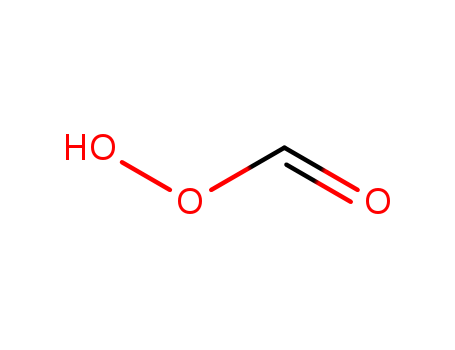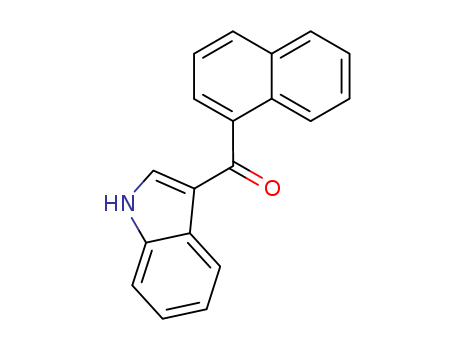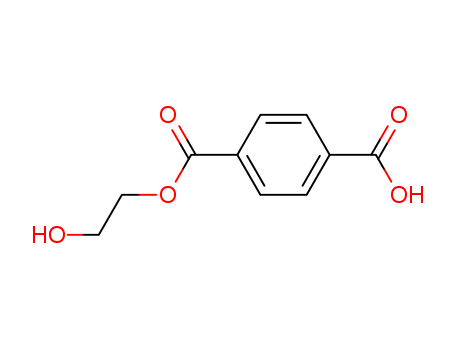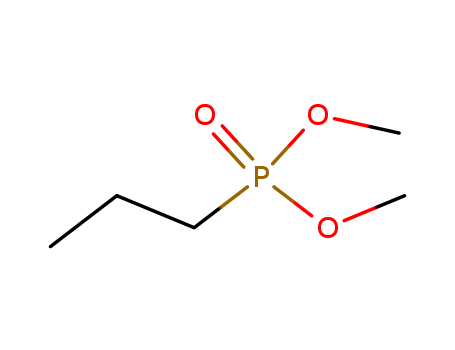- Product Details
Keywords
- Osthole
- 484-12-8
- C15H16O3
Quick Details
- ProName: C15H16O3 Osthole 484-12-8
- CasNo: 484-12-8
- Molecular Formula: C15H16O3
- Appearance: Powder
- Application: 484-12-8 ...
- DeliveryTime: by air
- PackAge: Aluminium Foil Bag and Paper Drum
- Port: Any port of China
- ProductionCapacity: 100 Metric Ton/Day
- Purity: 99.5%
- Storage: 1MT
- Transportation: By Sea/Air/DHL
- LimitNum: 1 Metric Ton
- Grade: Industrial Grade,Food Grade,Pharma Gra...
Superiority
Our company was built in 2009 with an ISO certificate.In the past 5 years, we have grown up as a famous fine chemicals supplier in China and we had established stable business relationships with Samsung,LG,Merck,Thermo Fisher Scientific and so on.Our main business covers the fields below:
1.Noble Metal Catalysts (Pt.Pd...)
2.Organic Phosphine Ligands (Tert-butyl-phosphine.Cyclohexyl-phosphine...)
3.OLED intermediates (Fluorene,Carbazole,Boric acid...)
4.Customs Synthesis
Our advantage:
1. Higest quality and good package
2.Fast delivery
3.Better payment term
4.Fast response to customer within 6 hours
5.Good business credit in Europe ,US ,Japan ,Korea
Anyway ,if you need any chemicals from China ,Henan Tianfu can help you
Details
| Osthole Basic information |
| Product Name: | Osthole |
| Synonyms: | OSTHOL;OSTHOLE;AKOS 236-34;7-Methoxy-8-(3-methyl-2-butenyl)-2H-1-benzopyran-2-one;7-METHOXY-8-(3-METHYL-BUT-2-ENYL)-CHROMEN-2-ONE;8-(3-METHYL-2-BUTENYL)HERNIARIN;Chuanxiongzine;Cnidium lactone(OSTHOLE ) |
| CAS: | 484-12-8 |
| MF: | C15H16O3 |
| MW: | 244.29 |
| EINECS: | |
| Product Categories: | Standard extract;Natural Plant Extract;Steroids;Plant extract;Herb extract;chemical reagent;pharmaceutical intermediate;phytochemical;reference standards from Chinese medicinal herbs (TCM).;standardized herbal extract;natural product;Inhibitors |
| Mol File: | 484-12-8.mol |
|
|
|
| Osthole Chemical Properties |
| Melting point | 83-84°C |
| storage temp. | room temp |
| solubility | methanol: soluble10mg/mL, clear, colorless |
| color | white |
| λmax | 322nm(MeOH)(lit.) |
| Merck | 14,6895 |
| CAS DataBase Reference | 484-12-8(CAS DataBase Reference) |
| NIST Chemistry Reference | Osthole(484-12-8) |
| Safety Information |
| RTECS | GN7700000 |
| Osthole Usage And Synthesis |
| Plant extracts | Osthole is a substance extracted from the fruit of the annual Umbelliferae plant Fructus Cnidii. It appears as yellow-green to white crystalline powder. It is insoluble in cold water and petroleum ether, easily soluble in acetone, methanol, ethanol, chloroform and ethyl acetate and soluble in boiling petroleum ether. It has various effects including antispasmodic, hypotensive, anti-arrhythmic, enhancing immune function and broad-spectrum antimicrobial effect. It is clinically mainly used for the treatment of men impotence, scrotal wet itchy, women prurUus Yulvae and cold uterus and infertility, rheumatism, scabies, eczema and trichomonas vaginitis. Osthole can also be used to make field insecticides, fungicides with contact killing action being the primary effect and stomach poisoning being the auxiliary effect. The drug liquid can be absorbed through body surface and enter into the body and further act on the nervous system of pests, causing the non-functional muscle contraction of the pests and eventually leading to death due to energy exhaustion. It has a relative excellent contact-killing effect on various kinds of pests such as cabbage caterpillar, tea looper, cotton bollworm, beet armyworm and any kinds of aphids. |
| Physical and Chemical Properties | Osthole belongs to coumarin compounds. It is prismatic-like crystals (diethyl ether) and needle-like crystals (Ethanol) with the melting point being 83~84 ℃ and the boiling point being 145~150 ℃. It is soluble in alkaline solution, methanol, ethanol, chloroform, acetone, ethyl acetate, and boiling petroleum ether but insoluble in water and petroleum ether. |
| Pharmacological effects |
Osthole has various kinds of effects of antispasmodic, hypotensive, anti-arrhythmic and enhancing immune function and broad-spectrum antimicrobial effect. Osthole can not only have efficacy such as anti-hypertensive, anti-arrhythmic, anti-inflammatory, anti-tumor and anti-osteoporosis effect, but can also act as a new type of biological pesticides with significant efficacy in treating pests and plant pathogens. The above information is edited by the chemicalbook of Dai Xiongfeng. |
| Botanical insecticides |
Osthole is a class of natural coumarin compound which had been initially extracted from Umbelliferae plants. The dried ripe fruit of Fructus Cnidii in the Umbelliferae plant, Cnidium monnieri has a relative high content, hence obtaining the name. Related research has shown that Osthole is also presented in other kinds of plants, including Umbelliferae including Angelica, Archangelica Hoffm and Cnidium as well as rutaceous plant such as citrus, clausena, Limonia acidissima and Haplophyllum A. Juss. In addition, it is also distributed in a few species of Asteraceae and legumes. Osthole has its chemical name being 7-methoxy-8-isopenteylcoumarin with the core structure consisting of benzene and pyrone ring. As a member of coumarins compounds, Osthole, in addition to containing the core structure of coumarin, also has isopentenyl structure. Compound containing isopentenyl structure, as a phytoalexin, plays an important role in fighting against disease. Osthole, as a kind of botanical pesticide, has contact-killing effect being the primary effect and stomach poisoning effect being the auxiliary effect. The drug liquid can be absorbed into the insect body through body surface and acts on the nervous system of pests, causing non-functional muscle contraction and final death due to energy exhaustion. Indoor activity virulence tests have showed that it has a higher activity against Pieris rapae (LD50 is 6.2258 mg/kg). It is demonstrated through the field efficacy trials that it has excellent efficacy in the treatment of Pieris rapae of cruciferous vegetables and tea and tea looper caterpillar. The drug dosage for prevention and treatment of the Pieris rapae of cruciferous vegetables has the active ingredient be 4.8~7.2g/hm (equals to 80~120 mL per acre if converted to 0.4% Osthole cream commercialized product); the drug dosage against tea mites has the active ingredient be 6 to 7.2 g/hm (equals to 100~120 mL per acre if converted to 0.4% Osthole cream commercialized product). Apply the drug liquid at an amount of 50~75 kg per acre with uniform spray; the period of validity is about 7d. It is safe for crop within the dose range with no drug injury. |
| Definition | ChEBI: A natural product found in Peucedanum ostruthium and Angelica pubescens. |





 Assessedsupplier
Assessedsupplier










